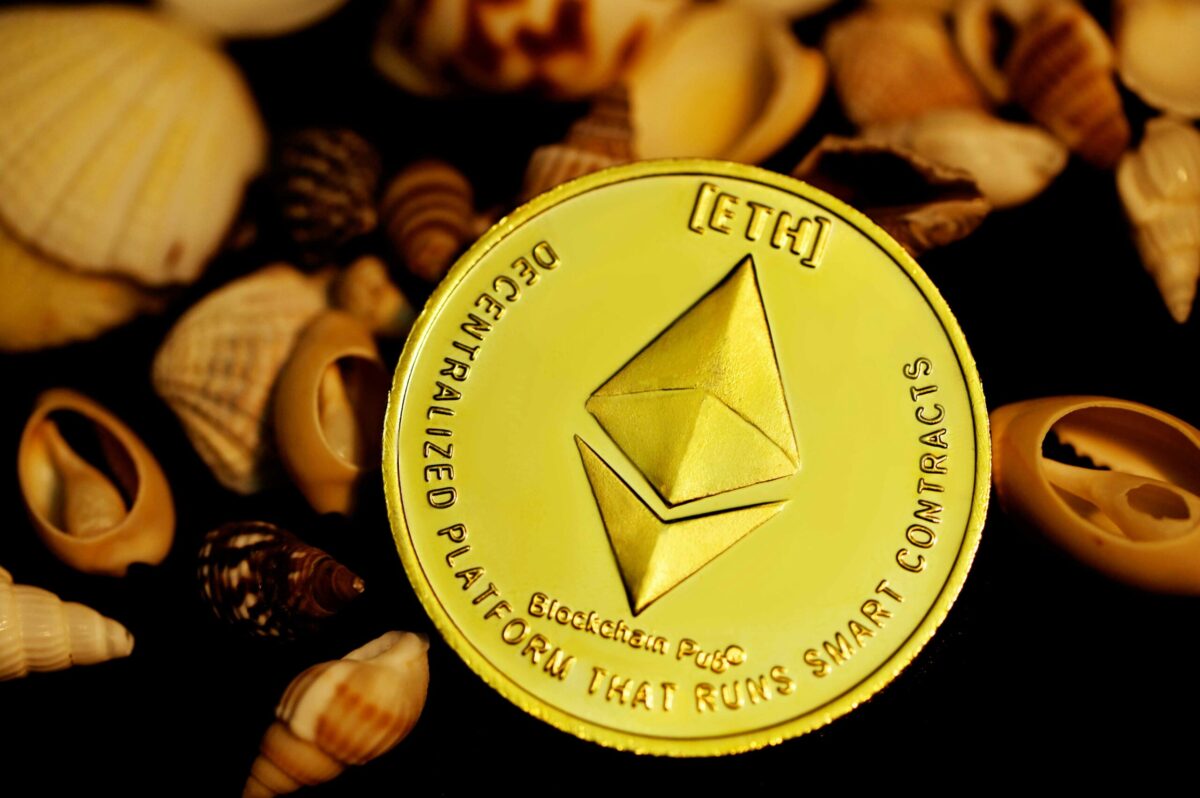Decentralised finance (DeFi) protocols appear to be showing signs of recovery, with Aave, a popular lending and borrowing platform, leading the charge.
Aave’s founder, Stani Kulechov, shared on X on 14 August that the platform had reached around 40,000 active weekly borrowers. This marked a new all-time high for Aave, surpassing the previous record set in late 2022.
The recent surge in activity has largely been attributed to the emergence of new lending markets, including Base and Scroll, which have helped drive growth on the platform.
What’s powering Aave’s expansion?
Data from Dune Analytics showed that Base, a new layer-2 blockchain platform, now accounted for nearly 30% of the total unique wallets on Aave V3. This made Base the largest contributor to Aave’s wallet distribution.
Layer-2 platforms are crucial for scaling blockchain networks by processing transactions off the main blockchain, which makes them faster and more efficient. Arbitrum and Polygon, two other prominent layer-2 solutions, follow closely behind, with 23.4% and 21% of Aave’s wallet share, respectively.
This shift towards layer-2 networks reflected a growing trend in the DeFi space, where users are seeking more affordable and scalable solutions for their lending and borrowing needs.
Kulechov also highlighted that Aave’s weekly depositors were nearing peak levels, with a notable increase observed earlier this month.
The rise in both borrowers and depositors suggested a resurgence of interest in decentralised lending platforms like Aave.
These metrics indicate that Aave is benefiting from the growing adoption of layer-2 networks and the increasing demand for decentralised financial services.
Aave’s role in DeFi
Aave is a decentralised finance platform that operates on 12 different blockchain networks. It specialises in providing overcollateralised loans, which means that users must deposit more cryptocurrency than they intend to borrow.
This reduces the risk of default and ensures that the platform remains stable. Aave’s lending process is automated through smart contracts, which are self-executing agreements with pre-set rules.
These contracts handle everything from the distribution of funds to the management of collateral and the calculation of fees.
According to data from DeFiLlama, Aave is currently the third-largest DeFi protocol by total value locked (TVL), with approximately $11.85 billion locked in its smart contracts.
TVL is a key metric in the DeFi world, representing the total amount of assets deposited in a protocol.
While Aave’s TVL has grown by 70% this year, it is still significantly below its peak of $20 billion in October 2021.
This decline reflects the broader volatility seen across the DeFi sector in recent years.
The recent uptick in Aave’s activity coincides with a broader narrative within the crypto community that DeFi is beginning to recover.
The founder of Defiance Capital, Arthur Cheong, commented on X that the current gap between growth and valuation presents an attractive opportunity for investors.
This comes as decentralised finance as a whole has seen a rise in active loans, which have reached levels not seen since early 2022. In early August, it was reported that DeFi loans now total approximately $13.3 billion.
DeFi dominance declines despite growth
Despite the positive developments on platforms like Aave, the broader DeFi sector has faced challenges.
DeFi dominance, a metric that measures the share of the total cryptocurrency market held by DeFi projects, recently hit a three-year low.
After a market-wide sell-off last week, the DeFi index fell from 3.82% to a low of 2.84%, the lowest level seen since January 2021.
This marked a significant decline from the highs of the DeFi boom in mid-2021, often referred to as the “DeFi summer”.
Since September 2022, DeFi dominance has steadily declined, with occasional brief recoveries. By the beginning of 2024, the metric had fallen to 4.47%.
This decline in DeFi dominance comes amid a year where other sectors of the cryptocurrency market, such as memecoins, have outperformed.
The launch of Bitcoin and Ethereum exchange-traded funds (ETFs) has also drawn the attention of institutional investors, leading to a shift in focus away from DeFi.
As a result, many DeFi tokens have struggled to maintain traction, leading to a 29% year-to-date decline in DeFi dominance.
Several factors have contributed to the lack of interest in DeFi tokens. The ongoing craze for memecoins, which promise quick and substantial gains, has diverted attention and capital away from more established DeFi projects.
Many investors are attracted to the high-risk, high-reward nature of memecoins, even though they come with significant risks.
Additionally, many DeFi tokens have high fully diluted valuations (FDV), which can deter investors who are concerned about future token inflation. Another issue is the presence of private investor unlocks in several DeFi projects.
These unlocks, which allow early investors to sell their tokens, can create selling pressure that feels unfavourable to retail investors. This has added to the overall sense of caution surrounding DeFi tokens in 2024.


